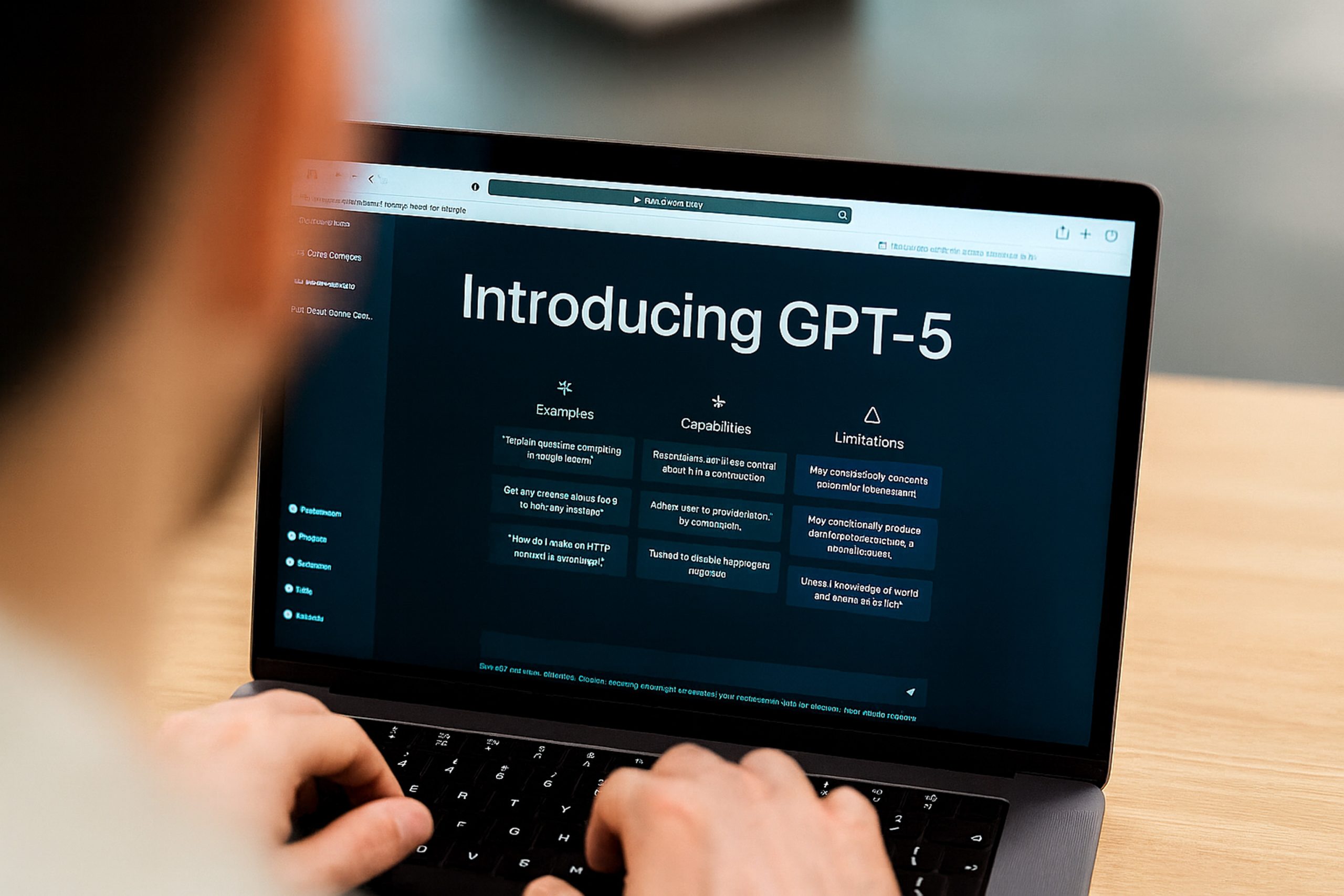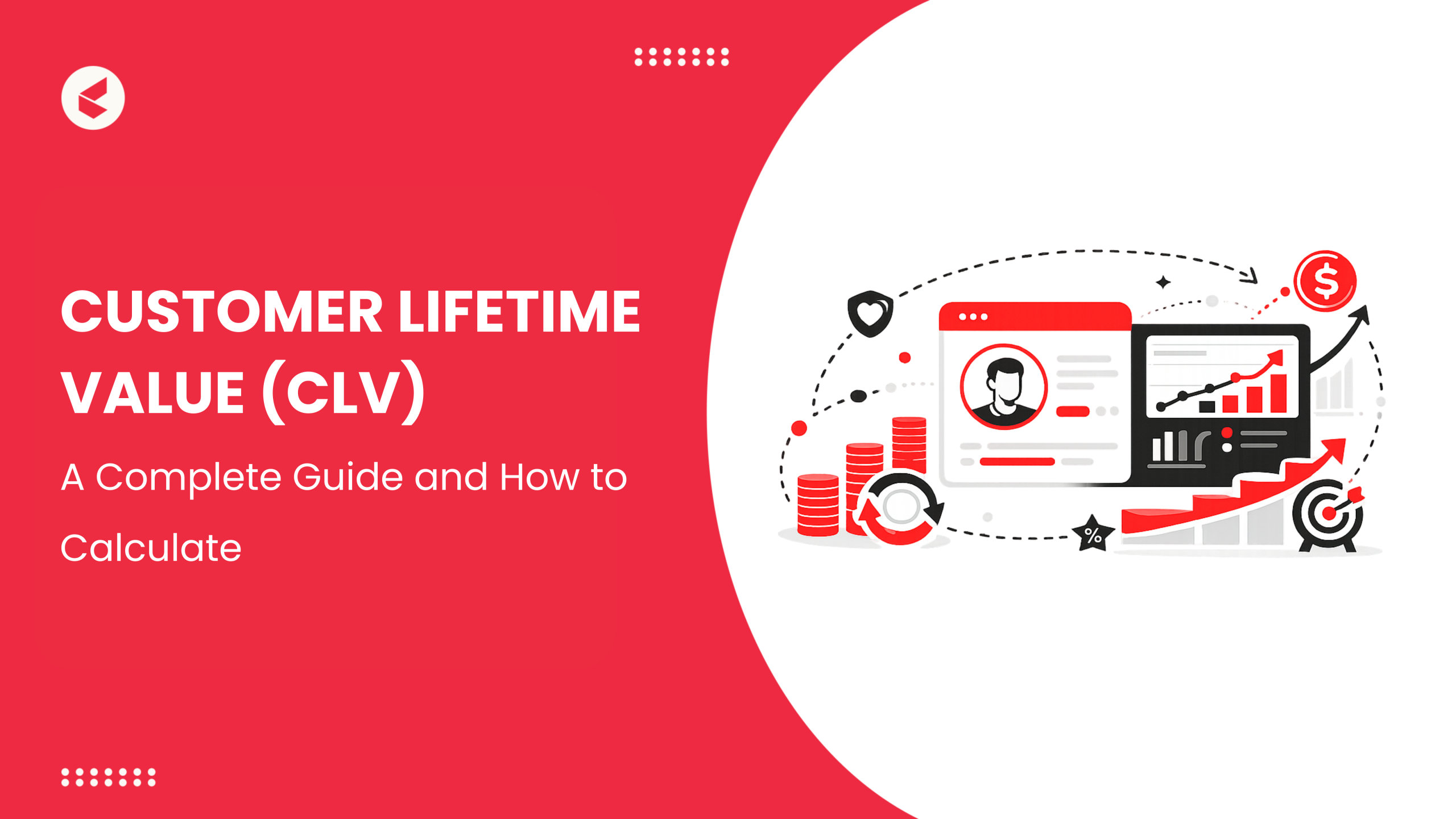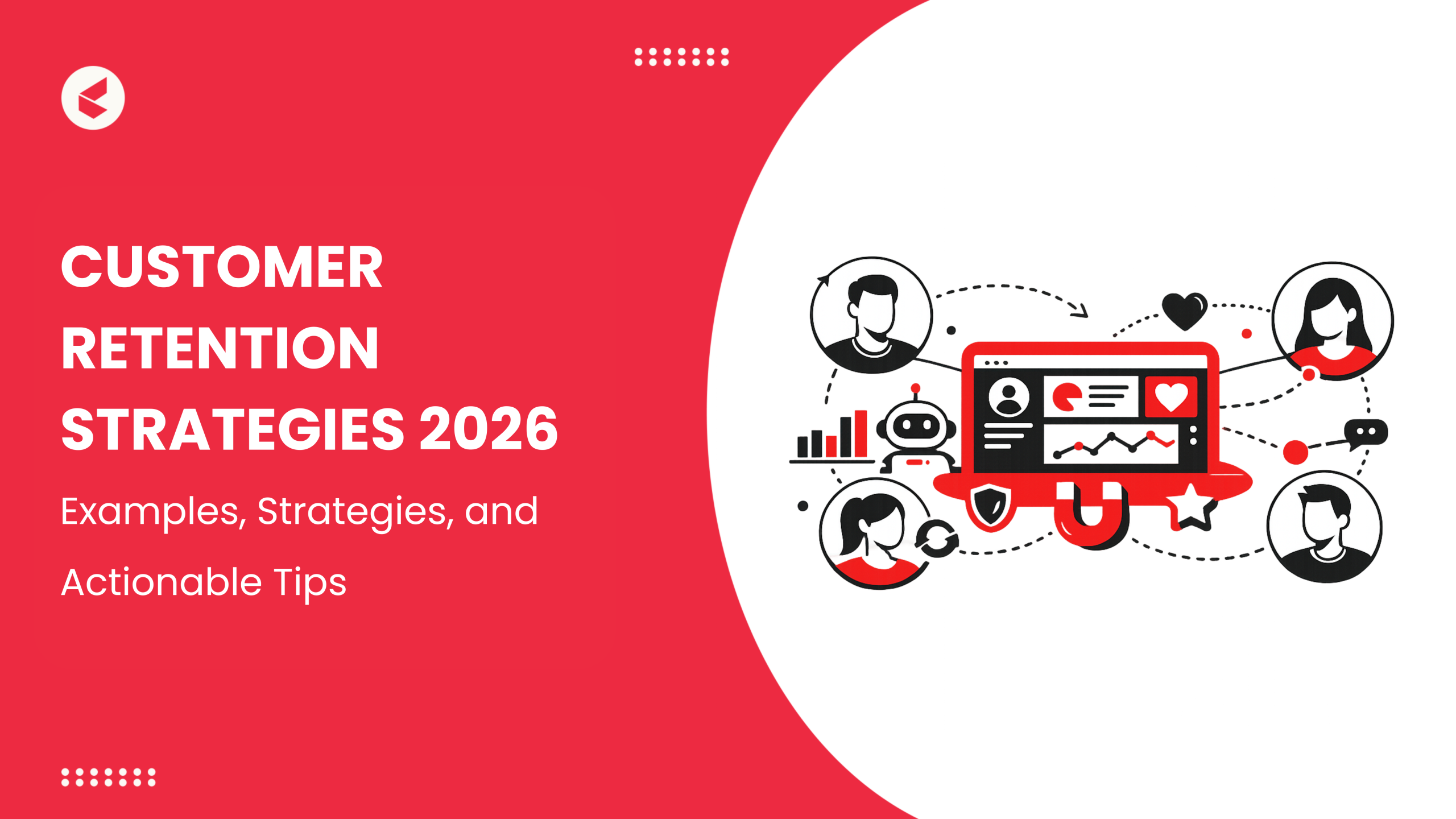On August 7, 2025, OpenAI released GPT-5, a model that pushes the boundaries of speed, accuracy, multitasking, reasoning, and integration. It’s capable of PhD-level performance in math, coding, health, and legal domains, powered by a new real-time routing system that decides when to use a faster model or a deeper “thinking” mode, without the user having to choose.
Benchmarks show clear gains: GPT-5 Pro with Python tools reaches ~89% accuracy in advanced science tests, while the standard version scores 85% in reasoning mode, a sharp jump from GPT-4o’s ~70%. Yet alongside the technical triumph came controversy. Many users found GPT-5’s tone colder and less expressive than GPT-4o, sparking debate over whether raw capability outweighs user experience and leading OpenAI to reinstate the older model for Plus subscribers.
Beyond the fanfare and frustration, GPT-5’s upgrades tell a deeper story about where AI is heading, and what it now makes possible.
What Stands Out
Beyond the headlines and hype, GPT-5’s impact comes down to a few defining shifts in how it understands, processes, and delivers information. They change the kinds of problems it can solve, the speed at which it works, and the reliability of the answers it gives.
1. Advanced Reasoning & Structured Thinking
Improved “chain-of-thought” processing lets GPT-5 follow complex, multi-step logic with better consistency over long conversations – useful for legal drafting, research synthesis, and multi-stage workflows.
2. Expanded Multimodal Capabilities
Beyond GPT-4o’s text, image, and voice support, GPT-5 can now interpret video, scientific diagrams, and mixed media with higher accuracy.
3. Performance Benchmarks
GPT-5 outperforms earlier versions across critical tests:
- Math (AIME): 94.6% accuracy, up from GPT-4o’s 89%.
- Coding (SWE-bench): 74.9% success, with stronger multi-language handling.
- Multimodal reasoning: 84%+ on image-text mixed tests.
- Domain expertise: Competitive with human experts in law, healthcare, and logistics.
4. Lower Hallucination Rates
Reportedly reduces factual errors by up to 80% compared to GPT-3, improving trust in enterprise and regulated environments.
Benchmark Comparison: GPT-5 vs. GPT-4o and Earlier
| Capability Area | GPT-3 | GPT-4o | GPT-5 |
| Reasoning & Logic | Basic chain-of-thought, prone to errors | Improved multitask reasoning, multimodal inputs | Advanced structured reasoning, contextual memory |
| Multimodal Inputs | None or very limited | Text, images, voice | Text, images, video, scientific diagrams, audio |
| Math Accuracy (AIME) | ~70% | ~89% | 94.6% |
| Coding (SWE-bench) | ~50% | ~65% | 74.9% |
| Hallucination Levels | High | Moderate | Low |
| Domain Expertise | Limited | Expert in some domains | Expert across multiple high-stakes fields |
From Benchmarks to Business Impact
These improvements aren’t just lab-score wins, they have direct implications for how AI can operate inside real-world systems. In customer experience automation, for example, GPT-5’s:
- Smarter Agent Assist can power more context-aware replies, summaries, and recommendations for complex cases.
- Richer Self-Service enables bots to handle images, documents, or even short videos as part of a query.
- Lower Escalations mean fewer hand-offs to humans, thanks to improved factual accuracy.
- Cross-Channel Consistency ensures reasoning stays aligned whether a case starts in chat, voice, email, or social.
Taken together, these shifts push CX closer to agentic automation, AI that doesn’t just respond but can manage and execute entire workflows end-to-end.
Why It’s Drawing Criticism
GPT-5 raises the bar for capability, but not without compromises. Early adopters have flagged changes in tone, accessibility, and specialization that reveal the trade-offs behind its polished performance. Its shift to a cooler, precision-first style has split opinion — while some appreciate the concise accuracy, others miss the warmth and creativity of GPT-4o. This divide has been strong enough that OpenAI decided to keep GPT-4o available alongside GPT-5.
And tone isn’t the only sticking point, users have flagged other issues too:
- Tone & Personality Shift – Users report responses feel more robotic and less creative than GPT-4o.
- Opaque Reasoning – Internal logic is improved but still largely hidden from end users.
- High Computational Cost – Performance comes with greater resource demands, limiting accessibility.
- Generalization vs. Specialization – Excels broadly but can underperform niche, fine-tuned models.
- Expectation Gaps – While powerful, GPT-5 is still not autonomous or human-level in creativity.
Final Takeaway
GPT-5 proves that AI progress isn’t just about bigger benchmarks, it’s about the relationship people form with the tools they use. As Sam Altman noted, the attachment to specific AI models is unlike anything we’ve seen with past technologies. That emotional connection means changes in tone or behavior aren’t “just updates”, they’re disruptions to something users have woven into their workflows and even their daily lives.
The question now isn’t only how capable can AI become, but how do we manage the dependence we’re building on it? If billions of people will soon turn to AI for decisions, guidance, and emotional support, we need to rethink not just the technical trajectory but the human one. GPT-5 shows we can build smarter AI; the next challenge is making sure it strengthens, rather than undermines, the people who rely on it.













